Information Technology Reference
In-Depth Information
2009/06/30 13:55:50
2009/06/30 13:56:23
2009/06/30 13:58:10
2009/06/30 13:58:36
2009/06/30 14:01:37
2009/06/30 14:00:02
2009/06/30 14:00:15
Fig. 1
Object tracking application. Object movements are detected automatically, and users
can retrieve their lifelogs of object movements. The key feature of this system is detecting
object movement.
system is expected to be helpful in various applications, including alarms that make
a sound when items are left behind, support in searching for items, and human ac-
tion recognition from the interaction of people and objects [1]. In this chapter, we
propose a method for image-based event detection of object movement, especially
object placement and removal, in a household environment.
There are several difficulties to achieve object movement detection in a house-
hold environment. First, the detection method needs robust event detection of object
placement and removal. So, the object movement detection method must work ro-
bustly for both of object placement and removal even when the sizes of moved ob-
jects are small on the input images. Second, the detection method must discriminate
between objects and non-objects such as human. The state-of-the-art human detec-
tion approaches are mainly appearance-based [2, 3], but especially in the household
environment, robust appearance-based human detection is difficult due to occlusions
by furniture.
In this chapter, we propose an object movement detection framework via “stable
change” of the images. The stable change is the state which is changing from the
recorded state, but which change is settled. For example, when a book is placed
on a table, the topic region is changing from “table”, but the region remains as
“book”. The image changes can be extracted robustly even when the sizes are small
by using background subtraction methods, so object detection via the stable changes
of the images can detect objects robustly. The proposed method detects the stable
changes via temporal information of “motion” of changed regions, to categorize
objects and non-objects even though non-objects are occluded and make long-term
changes (e.g. a person is sitting down on a chair). To categorize objects and non-
objects via temporal information of motion, the proposed method tracks the changed
regions and classifies them into objects and non-objects via a state machine driven
by motion of the changed regions.
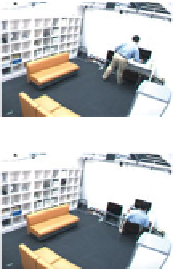
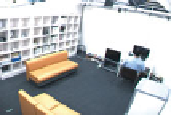

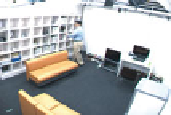
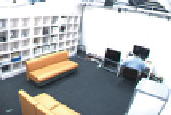
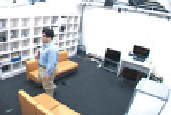















Search WWH ::

Custom Search